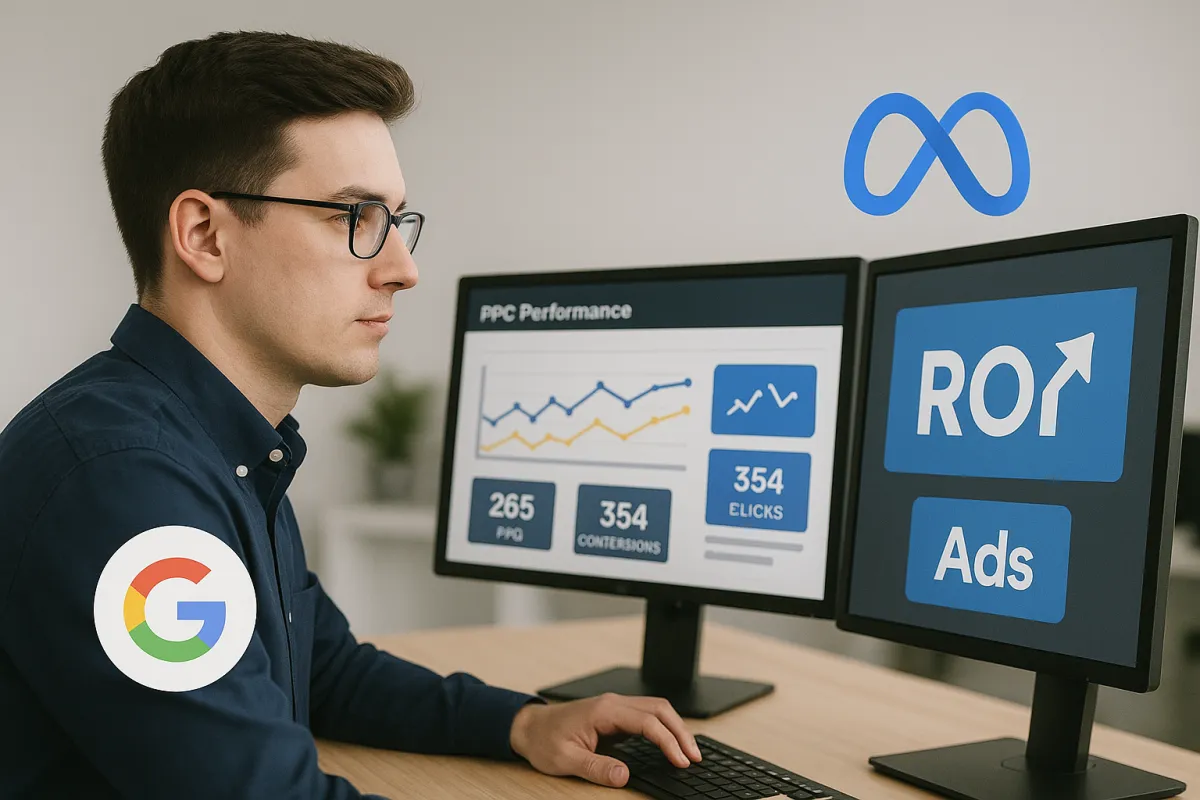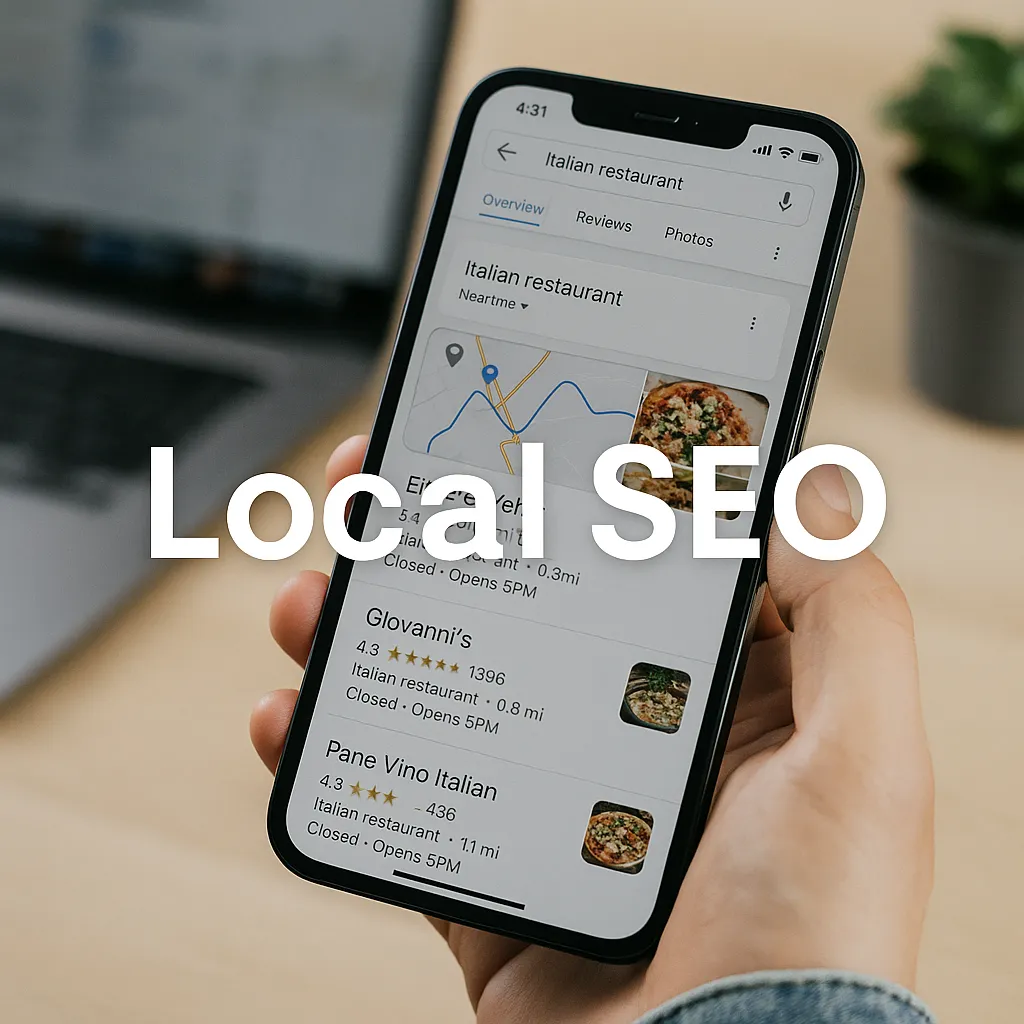Unlocking Local SEO: A Guide to Effective Link Building
For any local business looking to make a mark in the digital world, mastering local Search Engine Optimization (SEO) is not just an option; it's a necessity. A crucial component of any successful local SEO strategy is link building. But what exactly is it, and how can you leverage it to climb the search engine rankings and attract more local customers?
This guide, inspired by the insights from Ninja Marketing Solutions, will walk you through the fundamental strategies of local SEO link building.
The Anatomy of a Link: The Building Blocks of Your Strategy
Before diving into complex strategies, it's essential to understand the basic terminology of a hyperlink. A link is composed of three main parts:
Destination: This is the webpage a link points to. It’s the "where" of your link.
Anchor Text: These are the clickable words that form the link itself. For SEO purposes, it's beneficial to use keywords you want to rank for in your anchor text.
REL Tag: This tag provides instructions to search engine bots about the nature of the link.
"No-Follow" vs. "Do-Follow": A Tale of Two Links
One of the most critical REL tags for SEO is the "no-follow" tag. When a link has a "no-follow" tag, it tells search engine bots not to pass any "link equity" or "link juice" to the destination URL. This is common on social media platforms. In contrast, a "do-follow" link does pass on that valuable equity, which can significantly boost your site's authority.
The Importance of Authority: PageRank and Domain Authority
Not all links are created equal. The quality and quantity of backlinks to your site are paramount. Google's PageRank algorithm, and similar metrics like Domain Authority from platforms like Moz and SEMrush, are used to measure a website's authoritativeness. The more high-quality, authoritative websites that link to your page, the more credible and authoritative your site will appear in the eyes of search engines.
Strategic Link Placement: Where Your Links Live Matters
The placement of a backlink directly correlates with the amount of link equity it passes. A link prominently displayed at the top of an article is considered more valuable than one buried in the footer of a template. Therefore, a key part of your strategy should be to secure "do-follow" links, with keyword-rich anchor text, from high-authority sites, and in prominent positions within the content.
A Practical Guide to Local Keyword and Competition Research
To effectively build links, you need to know which keywords to target. Here's a simplified approach to local keyword research:
Start with a Seed Keyword: Begin with a broad term related to your business, such as "tree removal service."
Localize Your Search: Add a location to your keyword, for instance, "tree removal service near me" in your specific area.
Use Keyword Research Tools: Utilize tools to find related keywords and their search volumes. Focus on keywords with a decent search volume and low competition to score some quick wins.
Analyze the Competition: Look at what your competitors are ranking for. This can be a goldmine of keyword ideas.
Refine Your Keyword List: Based on your research, refine your primary keywords. For instance, you might find that "tree service near me" has a higher search volume than "tree removal service near me" and adjust your strategy accordingly.
By understanding and implementing these local SEO link-building strategies, you can significantly improve your online visibility, attract more local customers, and grow your business.
For a more in-depth look at these strategies, you can refer to the original article from Ninja Marketing Solutions:
Source: Local SEO Link Building Strategies - Ninja Marketing Solutions



















